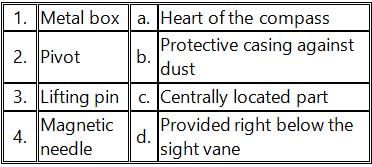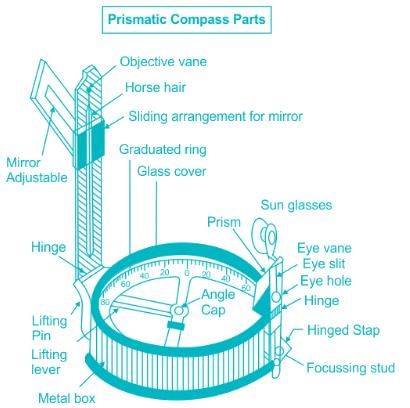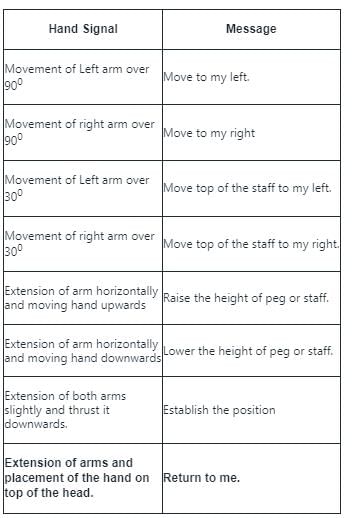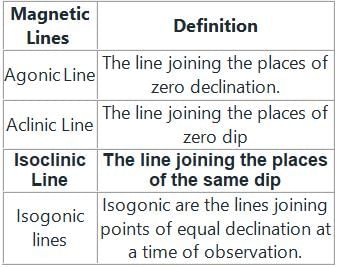Civil Engineering (CE) Exam > Civil Engineering (CE) Tests > Test: Theodolite Traversing - Civil Engineering (CE) MCQ
Test: Theodolite Traversing - Civil Engineering (CE) MCQ
Test Description
10 Questions MCQ Test - Test: Theodolite Traversing
Test: Theodolite Traversing for Civil Engineering (CE) 2025 is part of Civil Engineering (CE) preparation. The Test: Theodolite Traversing questions and answers have been prepared
according to the Civil Engineering (CE) exam syllabus.The Test: Theodolite Traversing MCQs are made for Civil Engineering (CE) 2025 Exam.
Find important definitions, questions, notes, meanings, examples, exercises, MCQs and online tests for Test: Theodolite Traversing below.
Solutions of Test: Theodolite Traversing questions in English are available as part of our course for Civil Engineering (CE) & Test: Theodolite Traversing solutions in
Hindi for Civil Engineering (CE) course.
Download more important topics, notes, lectures and mock test series for Civil Engineering (CE) Exam by signing up for free. Attempt Test: Theodolite Traversing | 10 questions in 30 minutes | Mock test for Civil Engineering (CE) preparation | Free important questions MCQ to study for Civil Engineering (CE) Exam | Download free PDF with solutions
Test: Theodolite Traversing - Question 1
In order to measure the magnetic bearing of a line, the theodolite should be provided with ______
Detailed Solution for Test: Theodolite Traversing - Question 1
Test: Theodolite Traversing - Question 2
The vertical angle between the longitudinal axis of a suspended magnetic needle and the horizontal line is referred as:
Detailed Solution for Test: Theodolite Traversing - Question 2
Test: Theodolite Traversing - Question 3
What is the name of survey done after balancing traverse?
Test: Theodolite Traversing - Question 4
How methods are there for prolongation of a straight line?
Detailed Solution for Test: Theodolite Traversing - Question 4
Test: Theodolite Traversing - Question 5
Which of the following is NOT a permanent adjustment for a theodolite?
Detailed Solution for Test: Theodolite Traversing - Question 5
Test: Theodolite Traversing - Question 6
Which branch of surveying deals with the measurements in vertical plane?
Test: Theodolite Traversing - Question 7
To run a straight line between two points, when both ends are inter visible. We establish intermediate points through ________
Detailed Solution for Test: Theodolite Traversing - Question 7
Test: Theodolite Traversing - Question 8
Match the following parts of prismatic compass with their functionalities.

Detailed Solution for Test: Theodolite Traversing - Question 8
Test: Theodolite Traversing - Question 9
What is the message to indicate the movement of left-arm over 90 Degree?
Detailed Solution for Test: Theodolite Traversing - Question 9
Detailed Solution for Test: Theodolite Traversing - Question 10
Information about Test: Theodolite Traversing Page
In this test you can find the Exam questions for Test: Theodolite Traversing solved & explained in the simplest way possible.
Besides giving Questions and answers for Test: Theodolite Traversing, EduRev gives you an ample number of Online tests for practice
Download as PDF


















